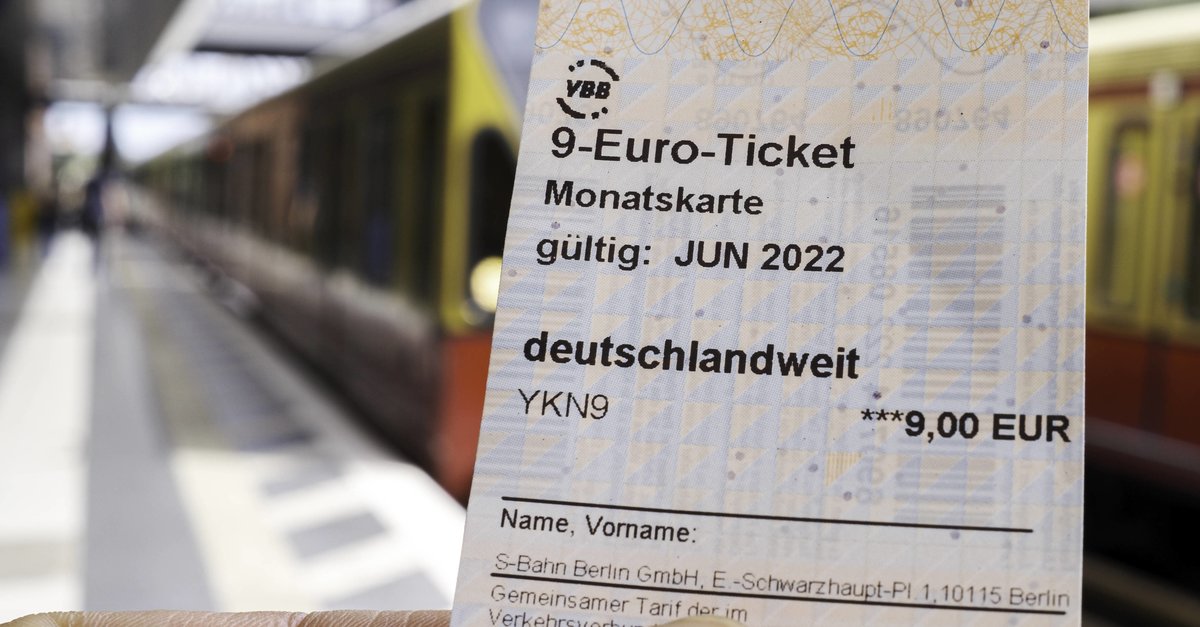Ferrari F8 Tributo circuit event contradicts the theory of relativity
So far, my experience on a racetrack has been limited to two days with a Porsche at the Nürburgring; I’ve never driven a Ferrari myself. So you can imagine that on my way to the Bilster Berg race track I had a good deal of respect in my luggage. Also because the Ferrari F8 Tributo is a special car, as the name suggests.
Ferrari F8 Tributo: Excellence in its purest form. The two-seater Berlinetta with a mid-engine pays homage to the most powerful V8 engine in Ferrari history.
The V8 Turbo in the F8 Tributo is a further development of the engine, which has already been used in various power levels in the previous models in the series. For three years in a row – 2016, 2017, and 2019 – it was named “Best Engine of the Year”. In 2018 it also received the award for best engine in the last 20 years.
In the F8 Tributo, the 3.9 liter engine generates an output of 720 hp at 8,000 rpm and 770 Nm. This enables it to sprint from 0-100 km / h in 2.9 seconds and drive up to its top speed of 340 km / h. There is no question that an engine that achieves such values must be a masterpiece of engineering.
If you read up on the subject, it’s exciting to see what steps Ferrari had to take to generate even more power when developing the engine based on that of the 488 Pista.
In order to achieve the constant improvement of an already good engine, Ferrari has drawn on techniques and lessons from motorsport and Formula 1. The increase in performance is due, on the one hand, to the reduction in weight, which was achieved with the Inconel exhaust manifold, the titanium connecting rods and the lighter, optimized crankshafts and flywheels.
I could certainly name a few more technical features of the engine, but let’s be honest, a car has to be “Experienced“- in the truest sense of the word – to understand it.
An afternoon was planned for the event. If you deduct all the briefing and the actual presentation, less than 2 hours remained for the actual driving, which actually seemed to me to be very little time for a driving event in the run-up to the event. But as already indicated in the introduction, the time in the Ferrari seems to fly by on the one hand, but on the other hand almost to stand still.
First we went on a handling course in a group of five, where we should get to know the Ferrari’s control systems on a wet track. The task was to drive a semicircle in the different modes and pay attention to how the control system behaves in the different modes.
These are set via the Manettino directly on the steering wheel. The modes are: Wet, Sports, Race and CT Off to disposal.
The meaning of the different modes is quite obvious and so we went through all the different modes one after the other without a break.
The request of our instructor, Matthias Beckwermert, was to try to drift the Ferrari F8 Tributo through the bend. In wet mode there was no chance of getting the car to oversteer even a little. In principle, you just steered into the curve and could suddenly give full throttle without the rear moving even a bit from the lane you had taken. A second round with strong thrusts of gas also led to the same result.
After switching to sport or race mode, things looked a little different. The sport mode is the “normal” mode of a Ferrari. Accordingly, the rear end got a bit in the beginning of a drift, but this was quickly caught by the control electronics.
Significantly more drift was possible in race mode. In race mode it was now Ferrari Dynamic Enhancer Plus (FDE +) and that too Side slip control system (SCC) activated in version 6.1. At Ferrari, these control programs differ significantly from what one is used to from other vehicles.
Normally the control systems are there to catch the car again and brake it.
Ferrari’s approach, on the other hand, is to make the vehicle more accessible and usable. If you deliberately cause the car to drift, the Side Slip Control System registers this and adjusts you to the drift angle so that you as the driver can drift in a controlled manner.
The FDE + is active when driving in and out of bends (but not when braking) and is now explicitly intended to improve cornering behavior again. In the race setting, the vehicle can accelerate out of the curve 6% faster than its predecessor 488 GTB with the same steering wheel movement. In CT-off mode, the steering wheel movement is reduced by 30% with the same degree of oversteer.
This allows drivers to keep their vehicle at the limit for longer with the same driving skills and to tackle longer oversteer maneuvers more confidently.
Driving skills is a good keyword here. Keeping a mid-engined sports car with 720 hp drifting on wet roads is quite a challenge. In race mode that was still possible for me and got a little better with every lap. With the control systems completely switched off, the drifts quickly turned into a spin. Here I have to improve my driving skills significantly (although, to be honest, drifts have no place on a normal road anyway; in this respect, this is a skill that I might improve on at the next driving event).
You already got a first impression of the time dilation on the handling course. If you stand outside the Ferrari, the cars are quickly going through the bend, and the spins (yes, I wasn’t the only one who spun) happened quickly. If you sit behind the wheel in a Ferrari, time goes by much more slowly for you.
The ride on the handling course quickly built up a certain basic trust in the Ferrari. This was a good basis for the later drive on the racetrack.
Ferrari F8 Tributo – Bilster Berg racetrack
With the “experiences” from the handling course, it was then on the racetrack. As mentioned at the beginning, my race track experience has so far been limited to two days on the Nordschleife with my participation in the sports car precision training, where I seem to have learned a lot.
We drove the first stint in the complete group of five. Although the track was dry, we initially drove the introductory laps in wet mode. In this mode, the control system is much stricter and is primarily used to catch the car. In the first five laps of the first stint, however, the rule system had little to do. But you could already tell that the Ferrari was logically much more gentle in the power delivery.
However, since we did not drive on the Bilster Berg to move the Ferrari gently and gently over the racetrack (that’s what the country road is for), the group was split up at my suggestion. I came into a group of 2 and our instructor Matthias Beckwermert, an experienced racing driver, guided us over the Bilster Berg in two further stints of 5 laps each.
In my YouTube video I take you quite unfiltered on a few laps in the Ferrari F8 Tributo.
Driving experience Ferrari F8 Tributo
In this article I have already written a little about the performance values and control systems of the Ferrari F8 Tributo. But to experience the F8 Tributo yourself on the racetrack is even more impressive than it already looks on paper.
The Tributo’s V8 is turbocharged, but the linear nature of the engine’s power delivery makes you doubt it. Every press of the accelerator pedal is implemented immediately and felt without any delay. For a short time it almost reminds you of an electric car. But unlike the electric car, the F8 Tributo has a 7-speed F1 dual-clutch transmission. In contrast to normal cars, the F8 Tributo has the so-called wall effect. This means that it does not gradually limit the revolutions as the limit is approached, but only interrupts it at the red line of 8,000 rpm. This means that maximum power is available in dynamic driving situations.
The whole thing is accompanied by a soundtrack that is otherwise only known from motorsport in this intensity and sound quality.
Stint 2 and 3 we drove in sport mode. For my first time with a Ferrari on a racetrack, I think it was a good choice.
According to our instructor, our small group was brisk and we drove cleaner and faster with every lap.
I always had the feeling that I controlled the car very well (there is also the control system). During the fast laps there were moments in which you could notice a slight influence of the control systems; but these were targeted. The minimal corrections were designed in such a way that you got the feeling of hearing the F8 Tributo speak to you: “Here you went a little too fast into the curve; but that’s not a problem, I just take away a little power and push you through the curve “
The F8 Tributo never got angry with you. As a driver, you could easily remember these moments and then drove them on the next lap in such a way that the control system no longer had to intervene.
I think it goes without saying that I had a lot of fun. So much fun that the time actually went by way too quickly. On the other hand, the memories are so vivid that you felt like you had been on the track all day.
I hope that in the future I will again have the opportunity to experience the Ferrari at such an event, because if the car has already given you so much driving pleasure in sport mode, you inevitably ask yourself what will happen in the race Mode happens.
But as our instructor said: “It is better to approach the limit area from below”.









